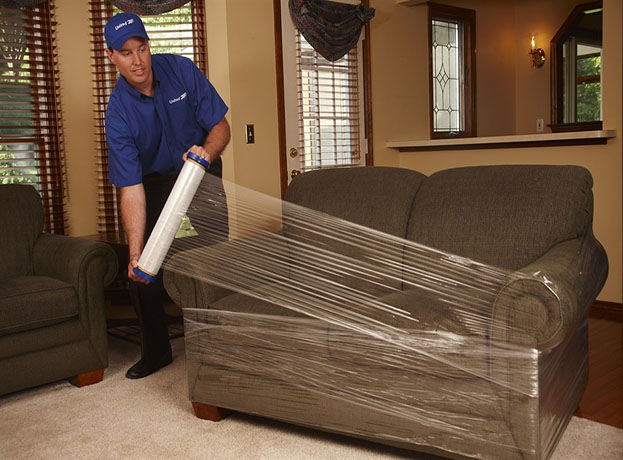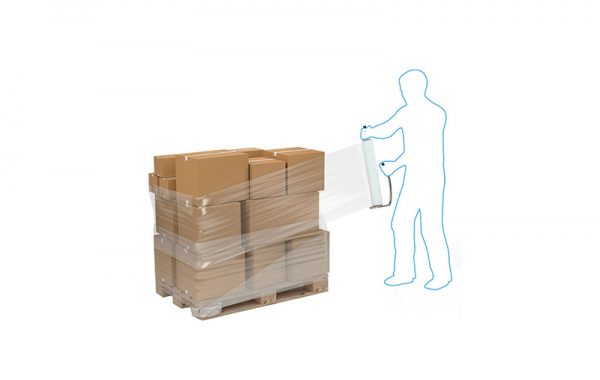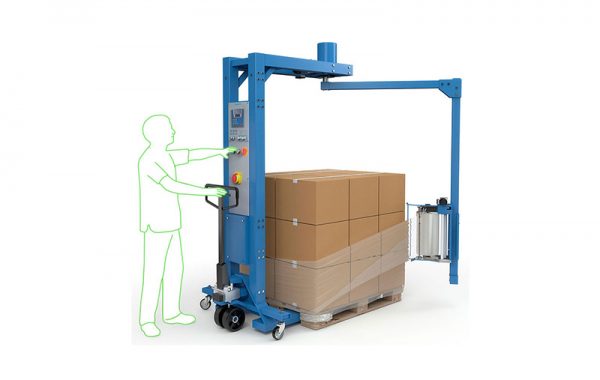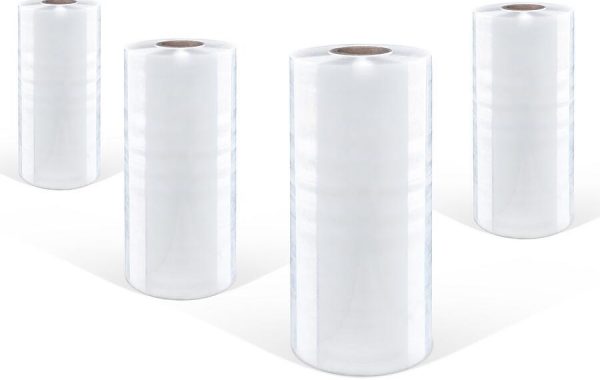Packaging Products
Fardasun is the supplier of stretch film and other types of films for everyday applications in industrial packaging and wrapping. We take pride in providing our customers with premium packaging solutions using high quality raw materials as well as modern technologies. To this end, we employ state-of-the-art film technology to process high-grade LLDPE, LDPE granule for our stretch and shrink films.

Pallet Stretch Films
We supply stretch film for everyday applications in industrial packaging and wrapping. The two main types of pallet stretch, machine and hand rolls which have many applications in packaging industry
Our film stretches are manufactured in different sizes, thicknesses and lengths. Depends on its application, it could be produced with various layers between 1 to 5. Elasticity, tension and puncture resistance, as well as suitable adherence are the specifications of high quality film stretch.

Technology
Cast film stretch film process
Cast film production involves a different process. In this case the resin is extruded through a linear die and oozes out onto large diameter chilling rollers. (Note that they may not actually be cold, but rather are much cooler than the semi-molten plastic.) Depending on the original thickness of extrusion, sometimes film is thinned to the target gauge by winding the resulting film faster than it is extruded.
This is a horizontal process as shown in the schematic.
Cast film represents the other 70-80% of stretch film manufacturing according to general industry estimates.
Blown film stretch film process
Blown film is created as the thick layer of extruded film emerges from a circular die and a large bubble of air is blown inside. The volume of the bubble, and the original diameter and thickness of the extruded tube determine the ultimate gauge (thickness) of the material.
The vertical bubble, which may be many feet tall, allows the film to cool gradually as it is pulled up by rollers which collapse the bubble and control the thin, flat tube of film as it is wound.
Often in the rewind process the edges are slit off and rolls are slit to width and wound in line as the film is extruded.




